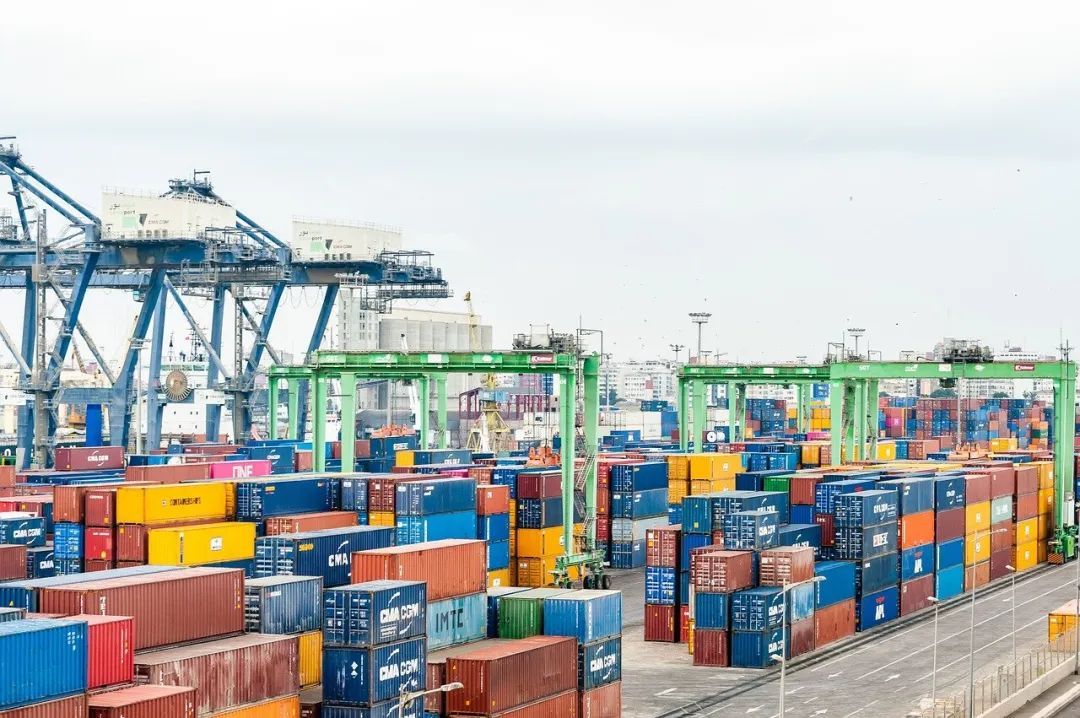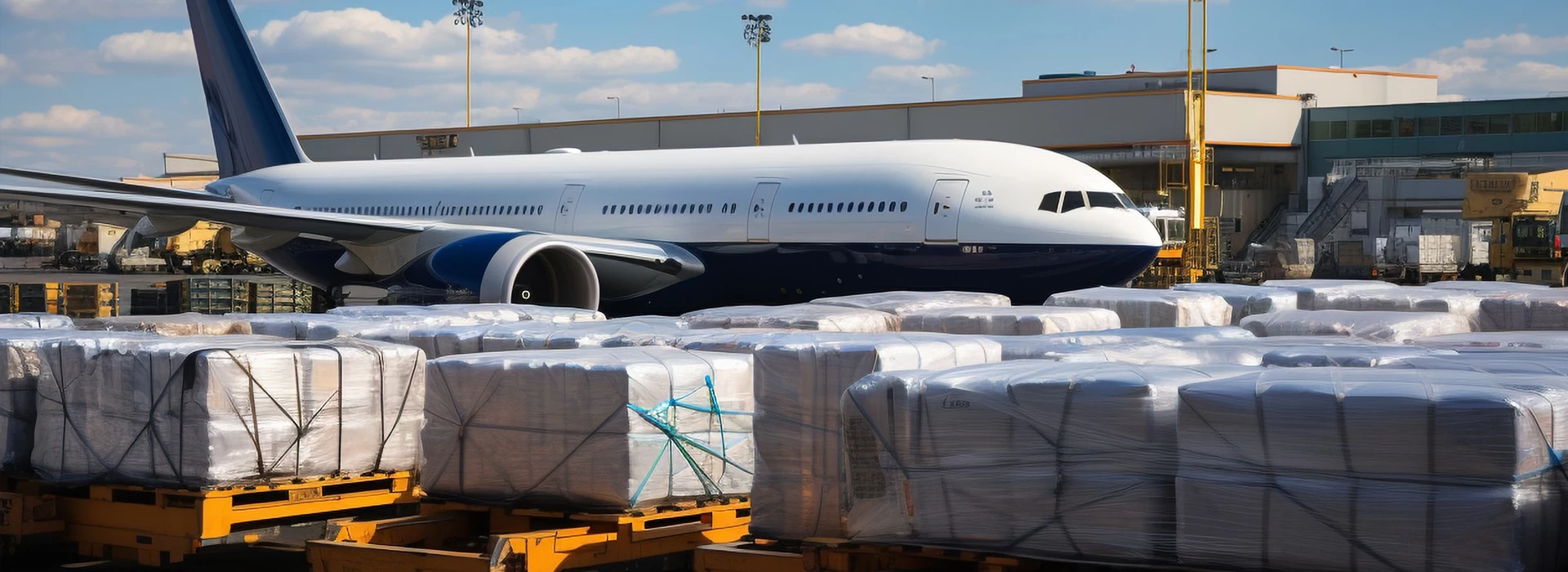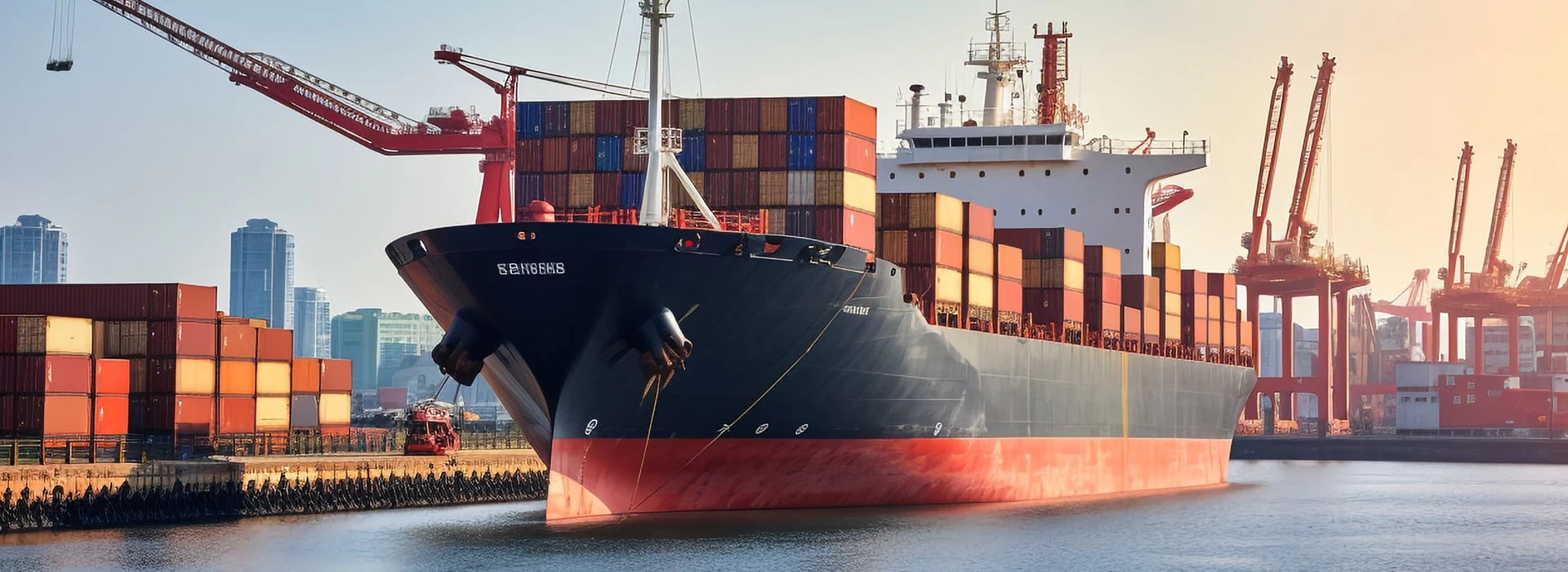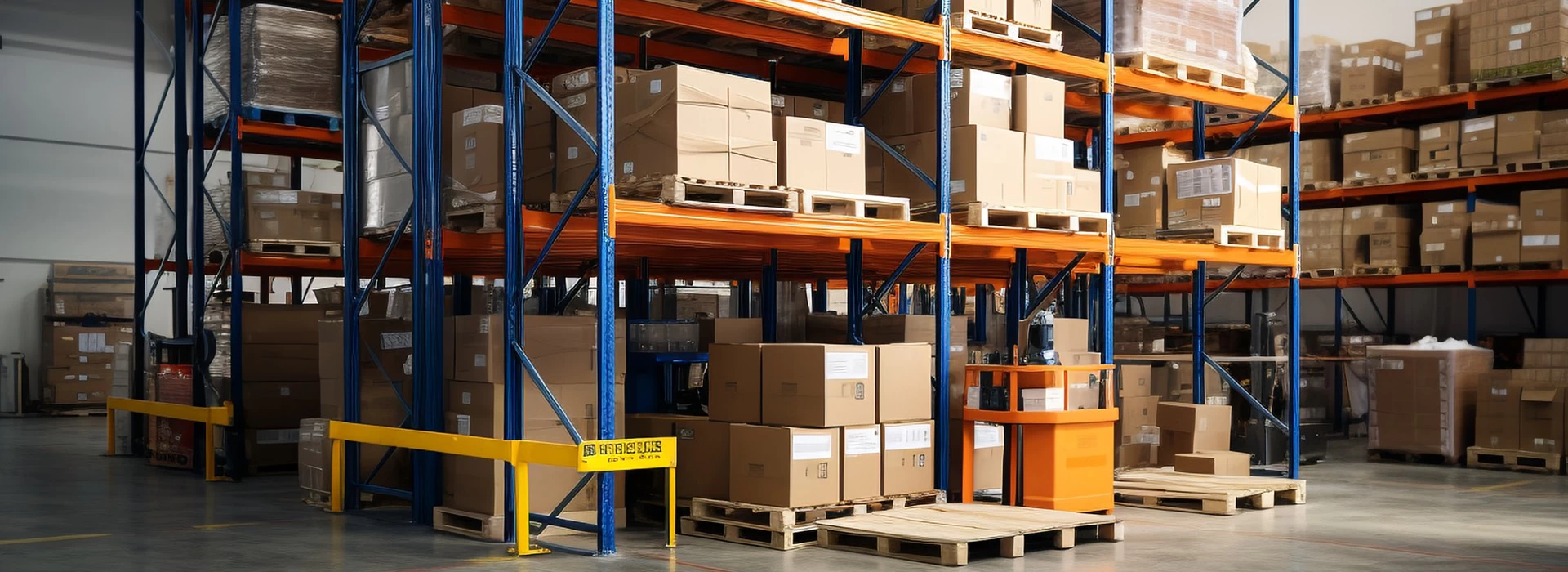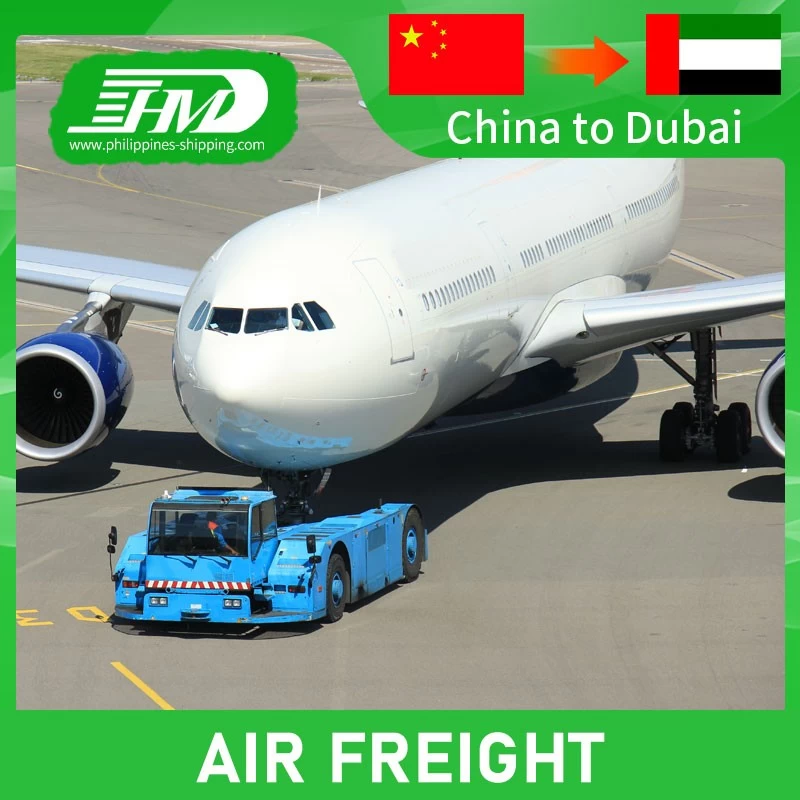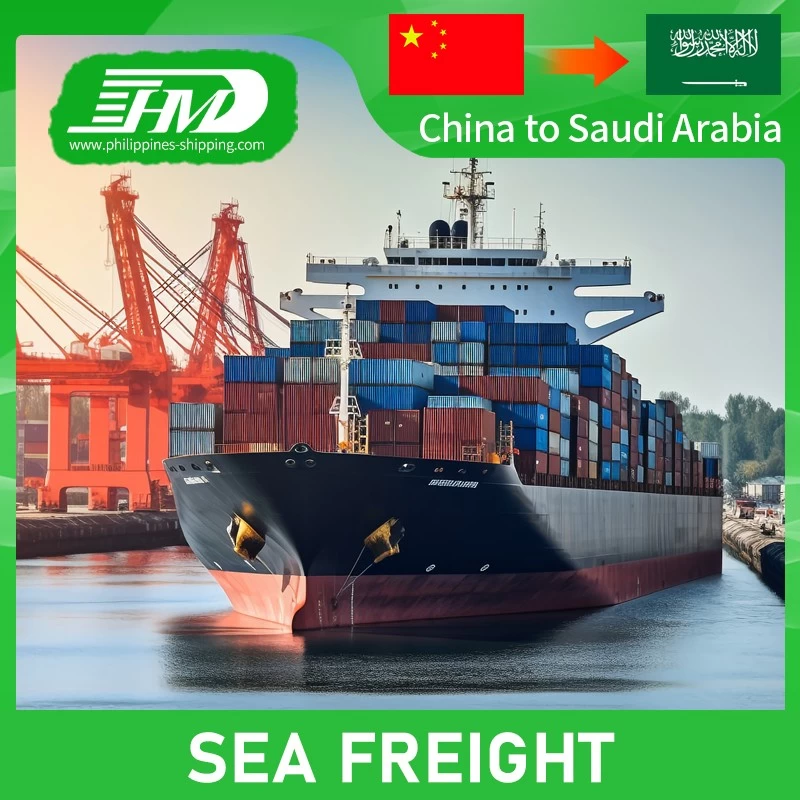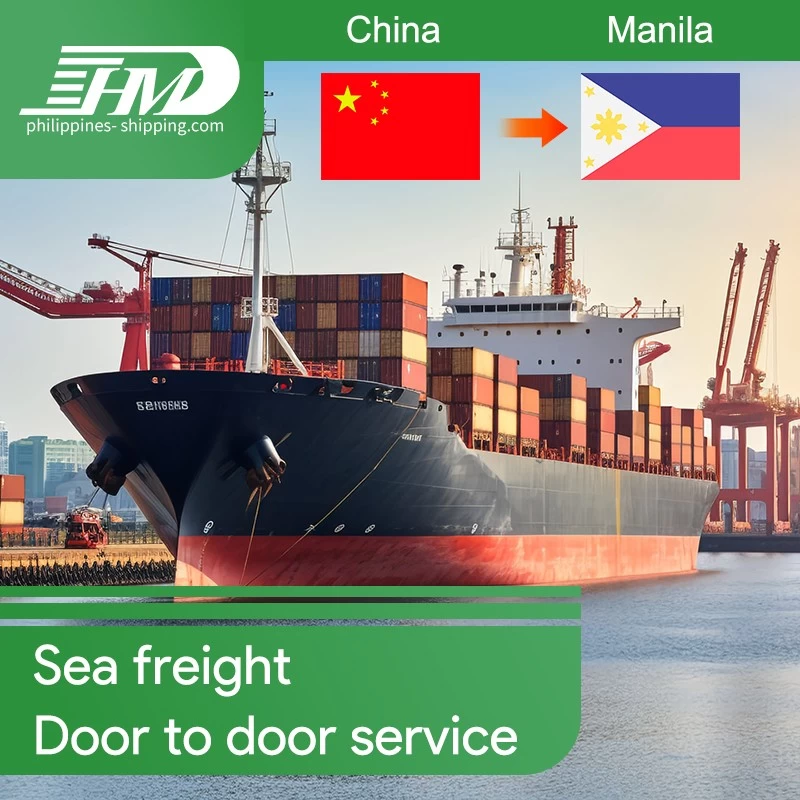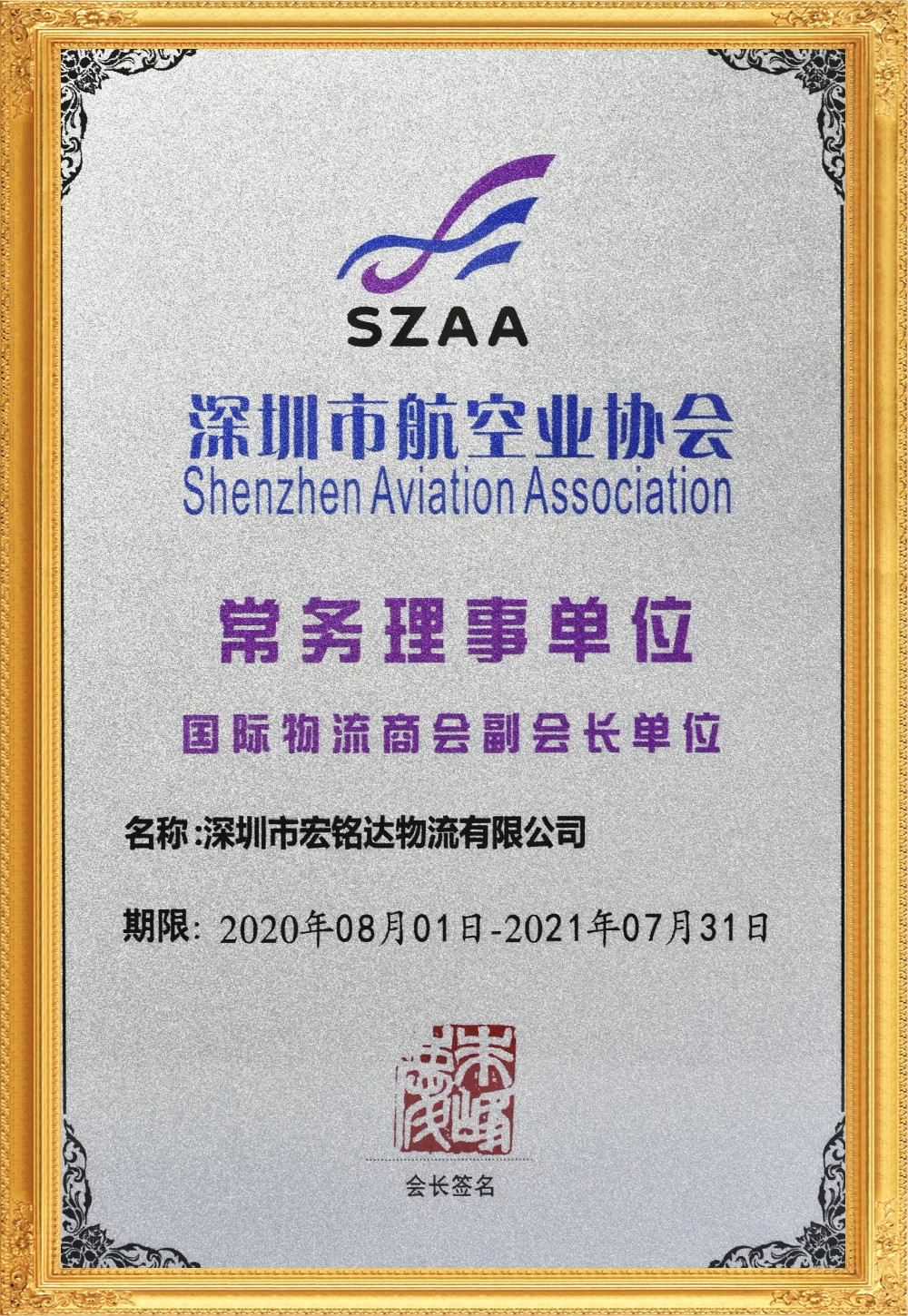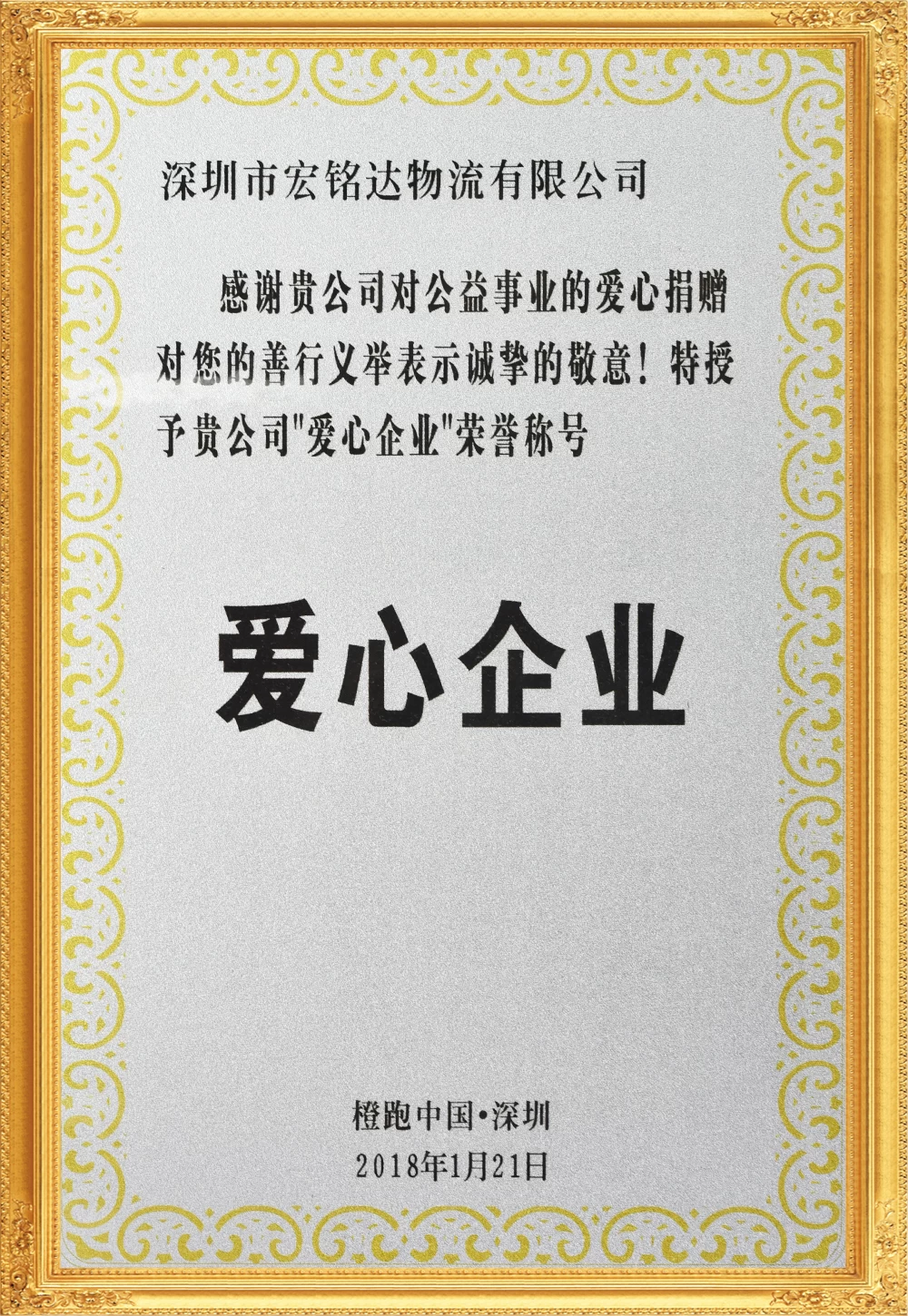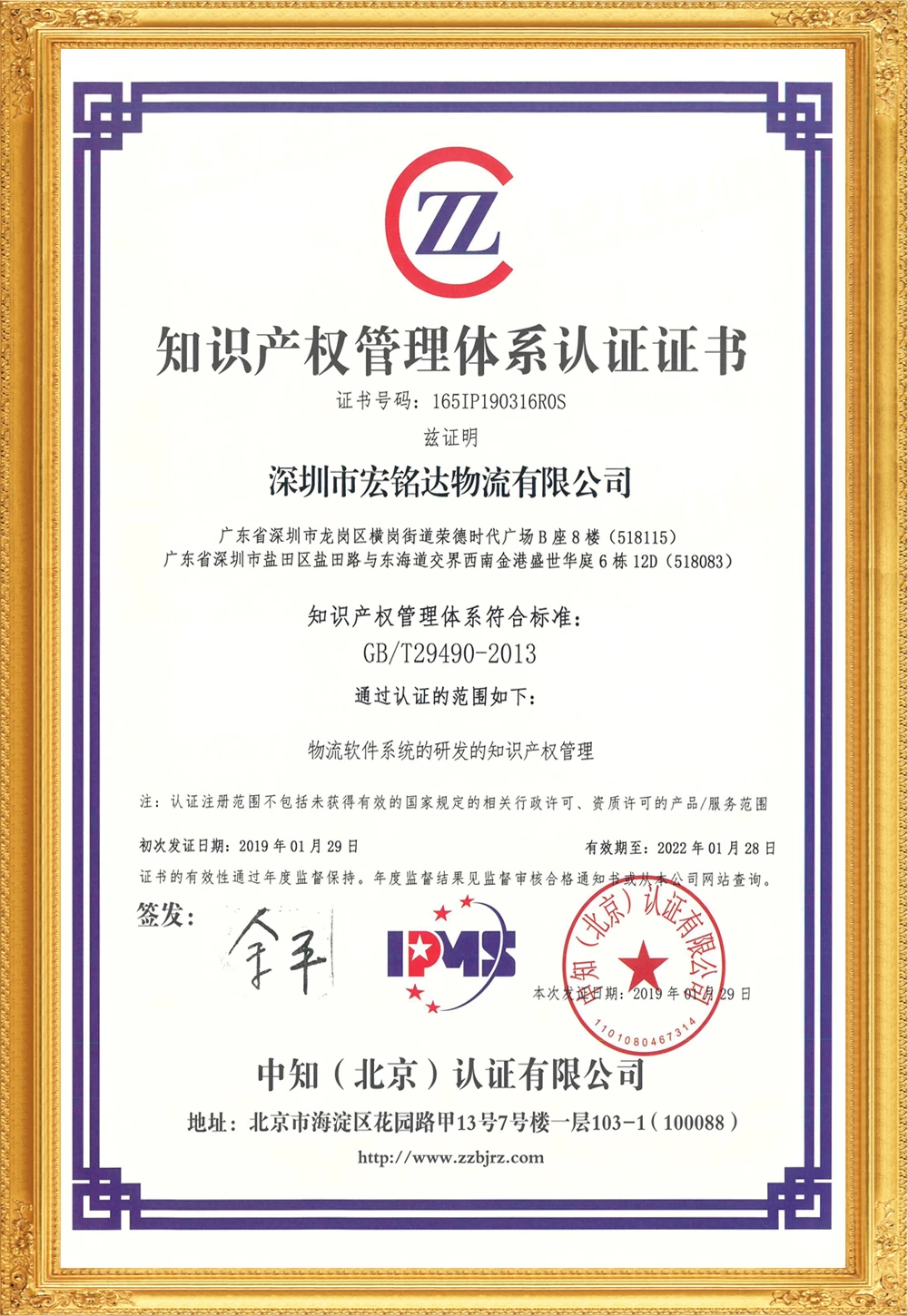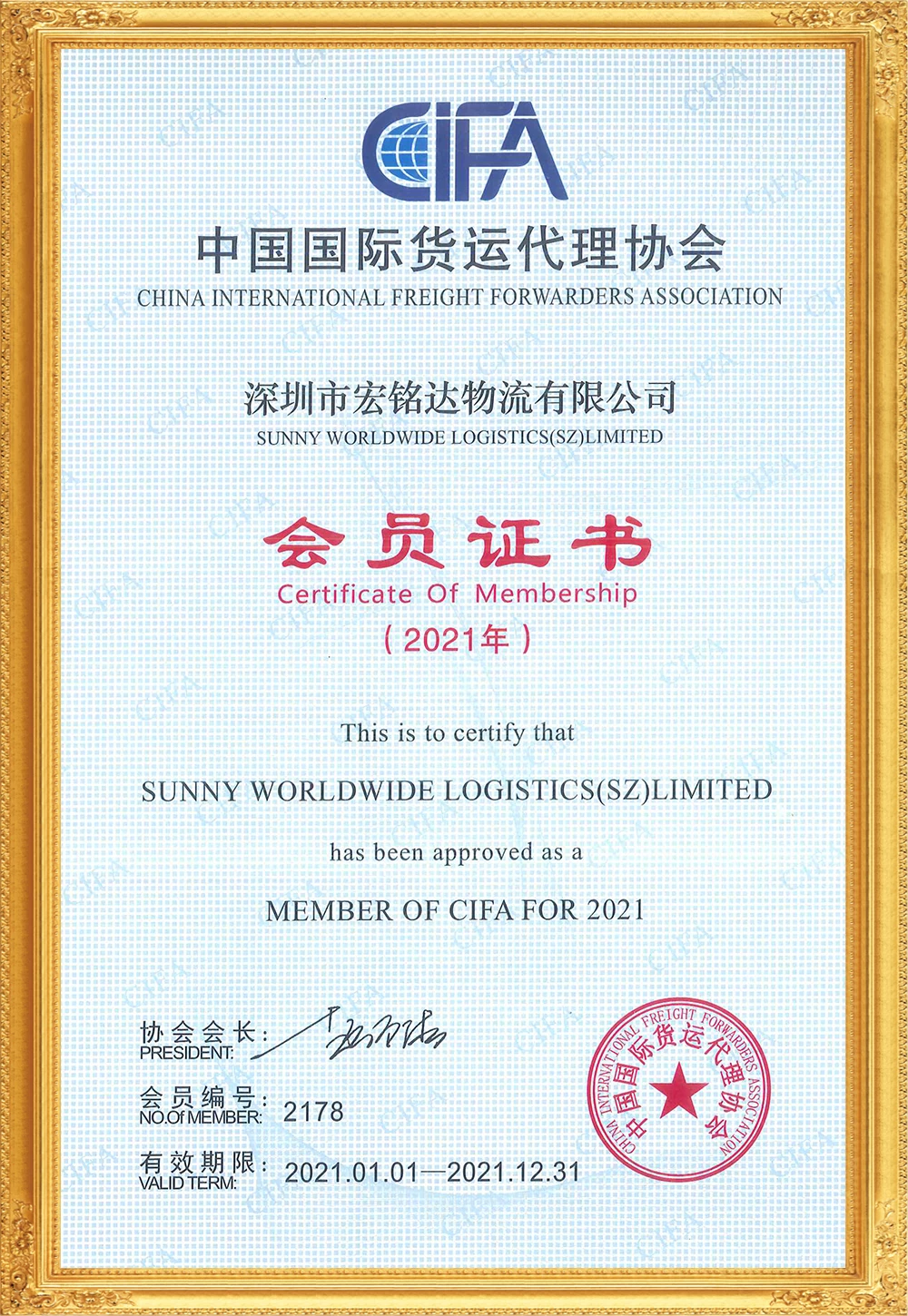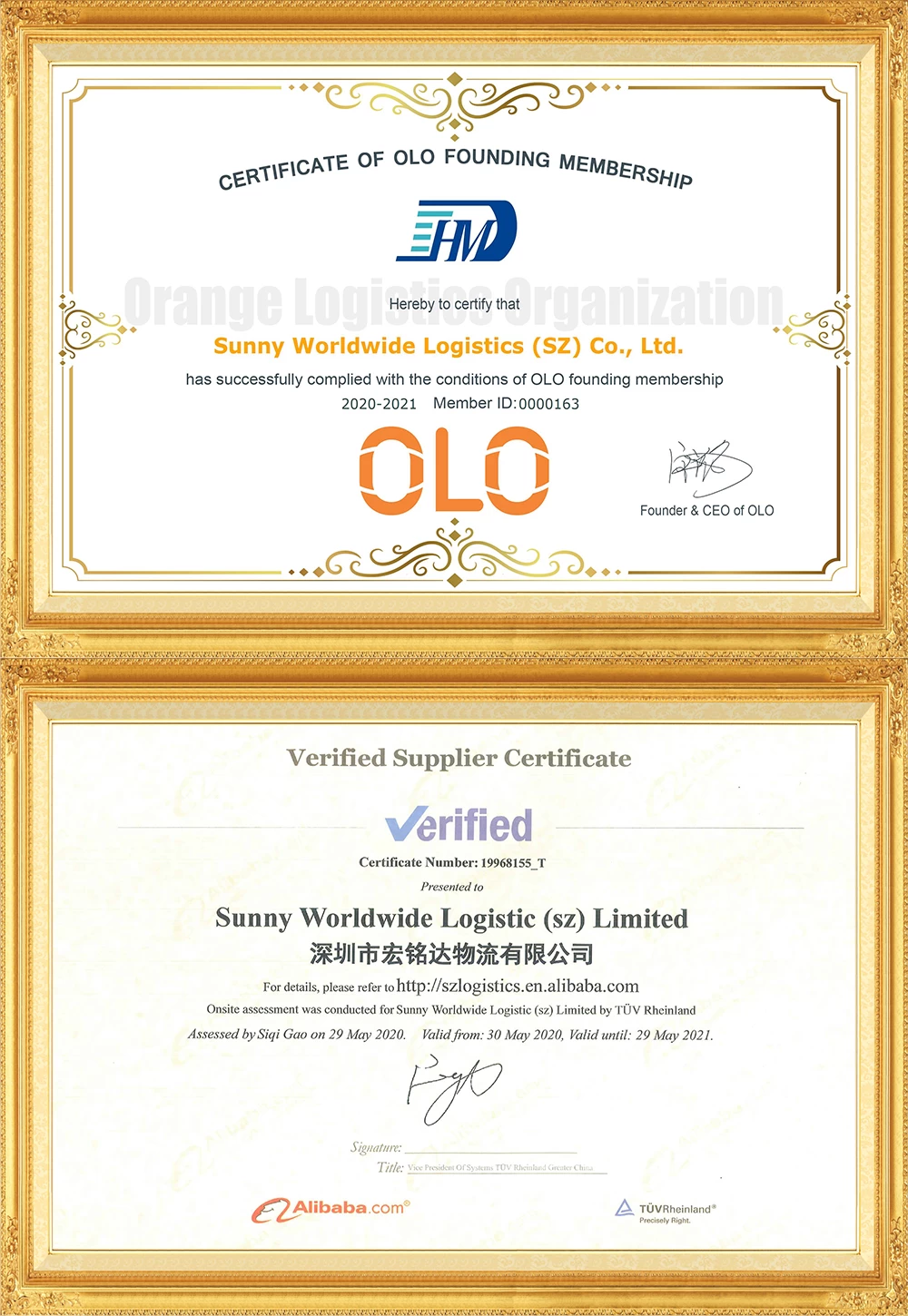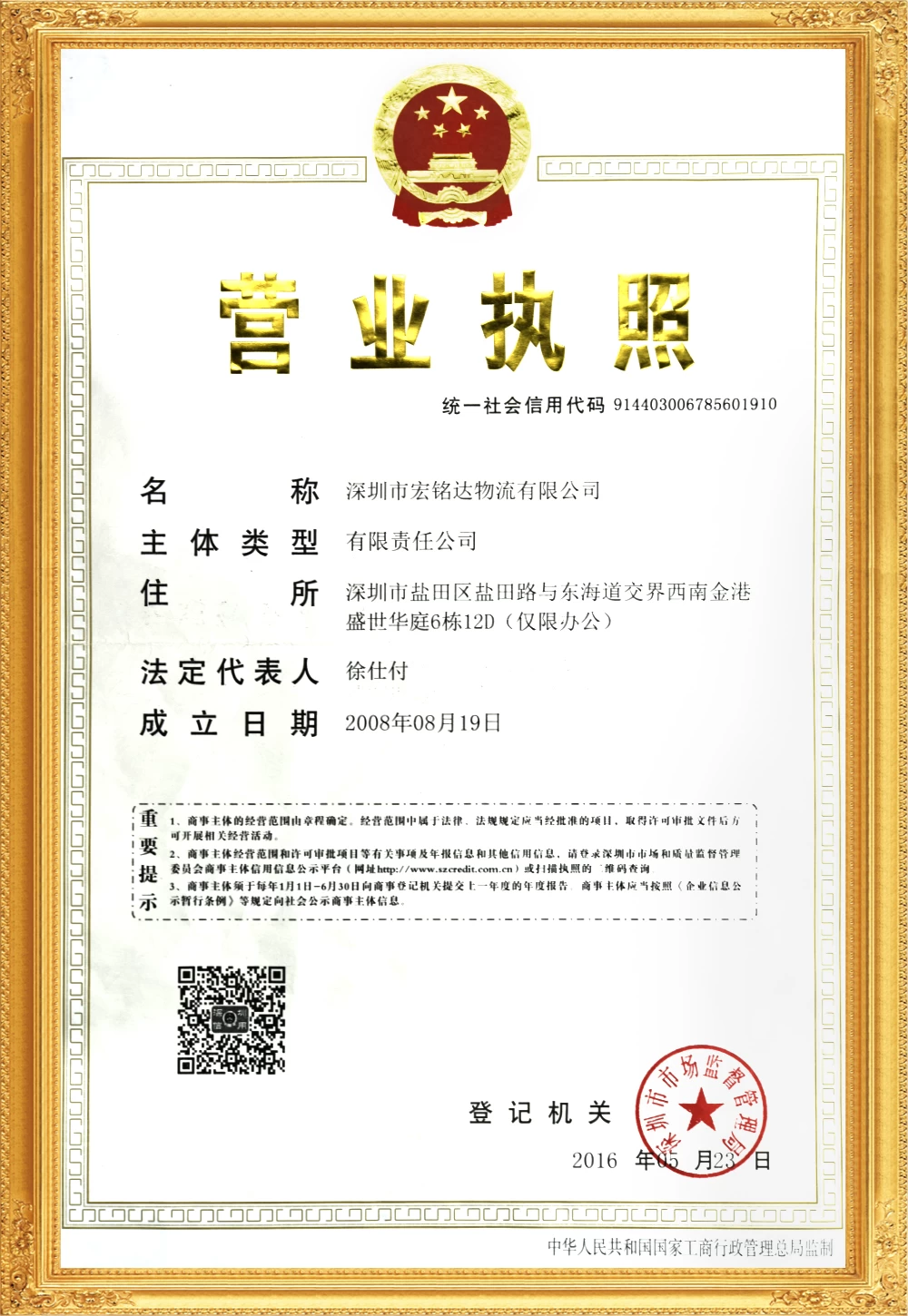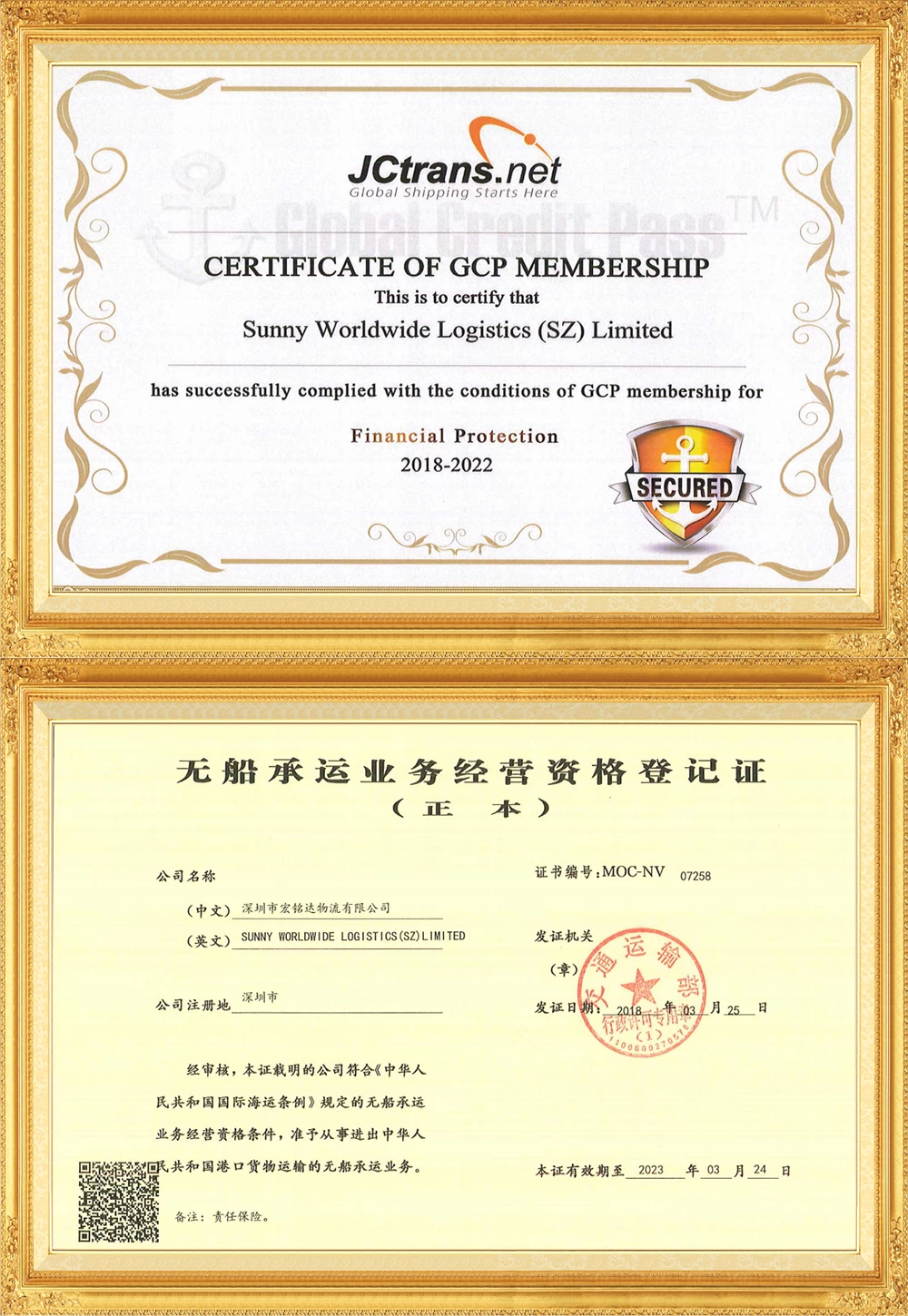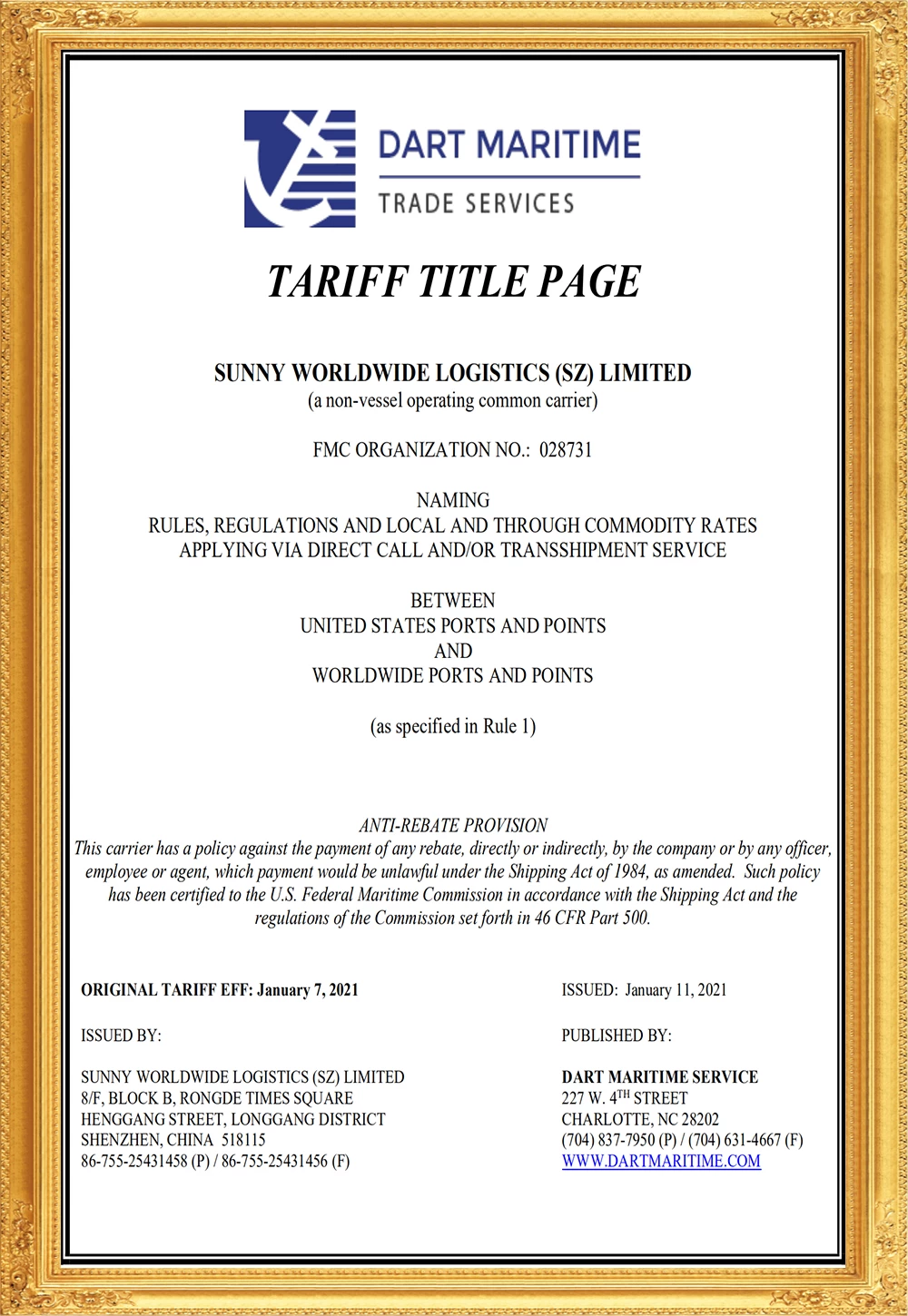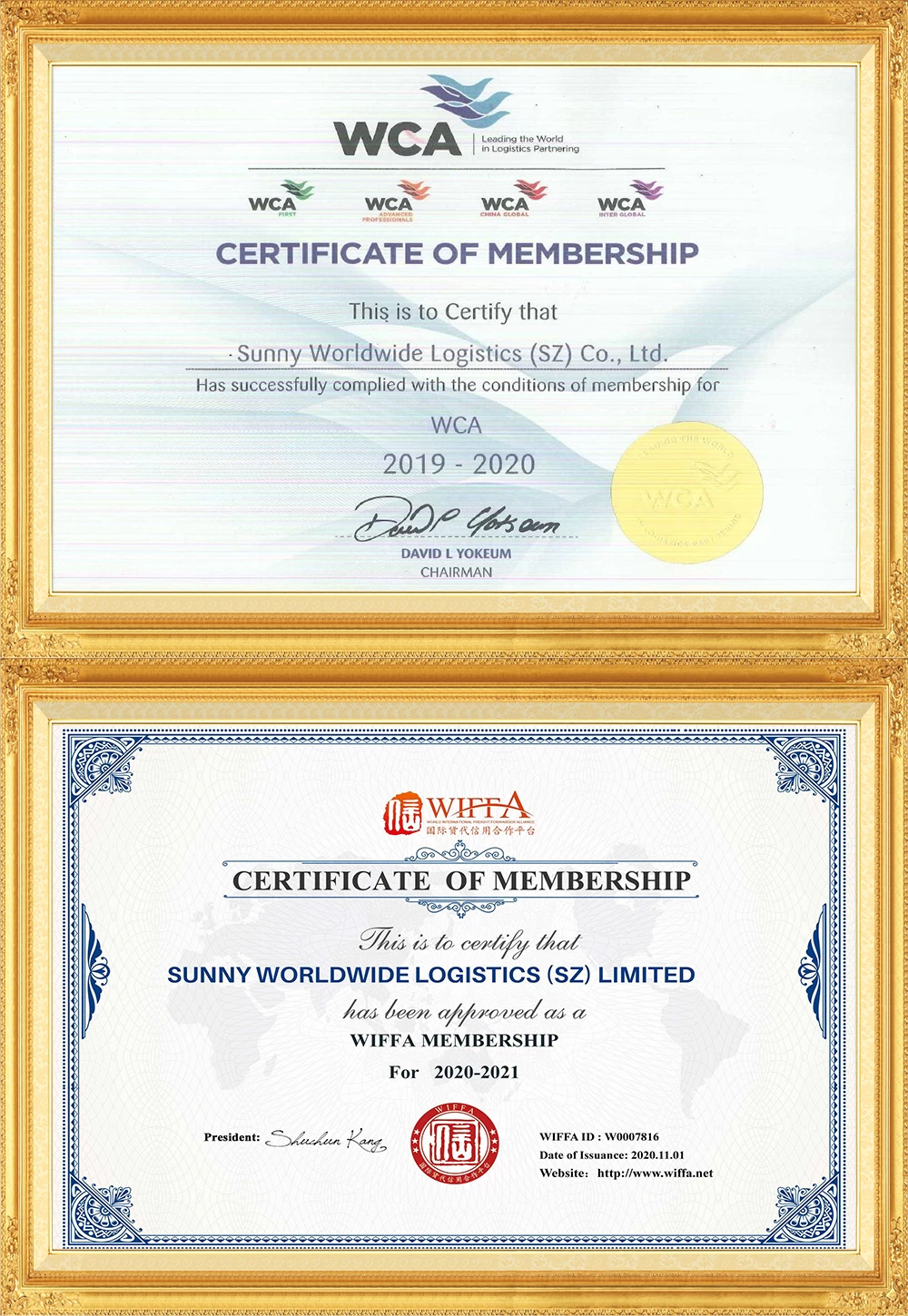The spot freight rate on the US West route has increased by 43%!
No.1 US West spot freight rate increased by 43% in one month
The spot freight rate in the US line market has been continuously rising for a month, with the maximum weekly increase of 26.1% for the US West freight rate. Compared to the freight rates of $1404/FEU to the West and $2368/FEU to the East on July 7th, the freight rates for Shanghai Port exports to the West and East basic ports markets have increased by 43% and 27% respectively within a month.
According to the Shanghai Export Container Comprehensive Freight Index (SCFI) released by the Shanghai Shipping Exchange, on August 4th, the market freight rates (sea freight and sea freight surcharges) for exports from Shanghai Port to the US West and US East basic ports were $2002/FEU and $3013/FEU, respectively, an increase of 3.0% and 5.6% compared to the previous week.

NO.2 CMA Freight Rates for Asia Europe Routes Again
Following the announcement of an increase in freight rates for the Asia Europe route (FAK) in early July, CMA has recently announced another increase in the freight rates for this route, effective from August 15th (loading date at the port of departure).
At present, the sluggish shipping costs have become the most important reason for dragging down the performance of liner companies, and they are all trying to increase their shipping costs.
Looking ahead to the market in the second half of the year, CMA believes that macroeconomic and geopolitical uncertainties remain high, and the shipping market is full of challenges. The global economic growth remains slow in the second half of the year, while new investment in transportation capacity may drag down freight costs, especially on east-west routes.
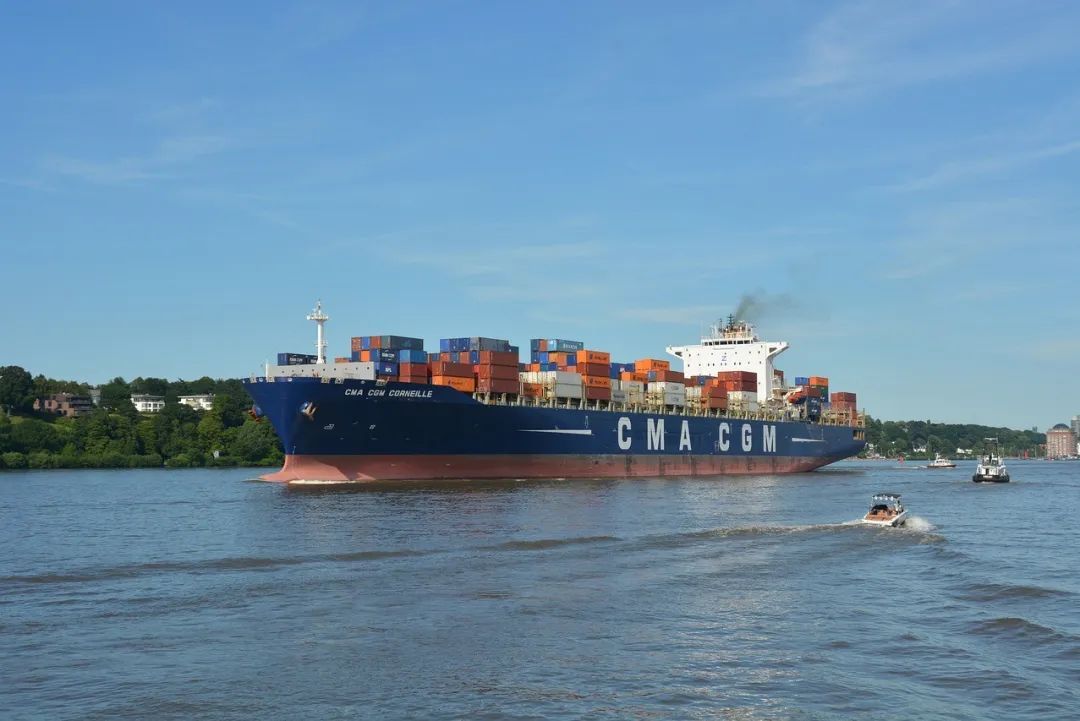
NO.3 Rhine River water level drops to its lowest level this year
According to CNBC, as the most important river transportation route in Europe, the Rhine River is facing the problem of declining water levels. The latest data shows that the water level in the Rhine section of the town of Kaub, located about 50 miles west of Frankfurt, has dropped to its lowest level since the beginning of this year.
It is reported that the Rhine River carries most of the transportation of goods such as oil, chemicals, and grains entering Europe. But since 2021, the decrease in water level has led to a year-on-year decrease in freight volume. Data shows that from May to mid July, the cost of transporting one ton of diesel through the Rhine River to Karlsruhe in southwestern Germany has doubled, reaching around 50 euros ($55).
For Europe, which relies on the Rhine River for diesel transportation, there will be greater cost pressure on heating costs. In Europe, the entire economy has a high dependence on this low-cost mode of transportation. Therefore, the chain reaction brought about by the lowering of the Rhine River water level will have an impact on the entire European economy.

NO.4 Hong Kong Zhuhai Macao Bridge Cross border Freight Car Arrangement Formally Implemented
The Hong Kong Special Administrative Region government recently announced that after consultation and agreement between the Hong Kong and Macao governments, the Hong Kong Zhuhai Macao Bridge Hong Kong Macao cross-border truck arrangement has been officially implemented. The Macau Port Cross border Cargo Transfer Station will be put into operation on August 8th, making it more convenient to transport goods between Hong Kong and Macao.
Hong Kong trucks can deliver and receive goods from Hong Kong via the Hong Kong Zhuhai Macao Bridge to the Macau Port Transfer Station, and can also transport goods from Macau back to the port at the same time; After arriving in Hong Kong through the Hong Kong Zhuhai Macao Bridge, Macau trucks can go to the logistics facilities located at Hong Kong International Airport to deliver and receive goods, and can also transport goods from Hong Kong to Macau back to Macau at the same time. This arrangement will also expand the customer network of logistics facilities at Hong Kong International Airport.
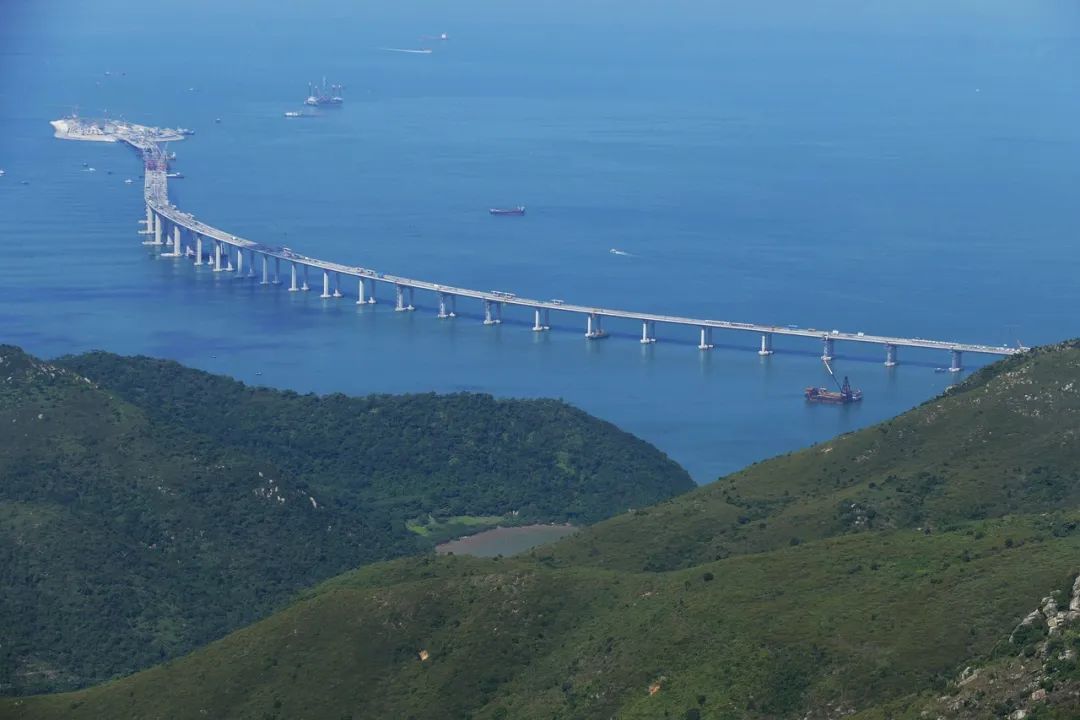
NO.5 Shanghai Port's import and export volume exceeded 5 trillion yuan for the first time in half a year
According to Shanghai Customs, in the first half of this year, the total import and export value of Shanghai ports exceeded 5 trillion yuan, reaching 5.16 trillion yuan, accounting for 25.7% of the country's import and export scale and maintaining its position as the largest port in the country.
In the first half of the year, the Shanghai Free Trade Zone's import and export amounted to 1.1 trillion yuan, accounting for more than half of Shanghai's total import and export value, and contributing more than 80% to the growth of Shanghai's foreign trade.
